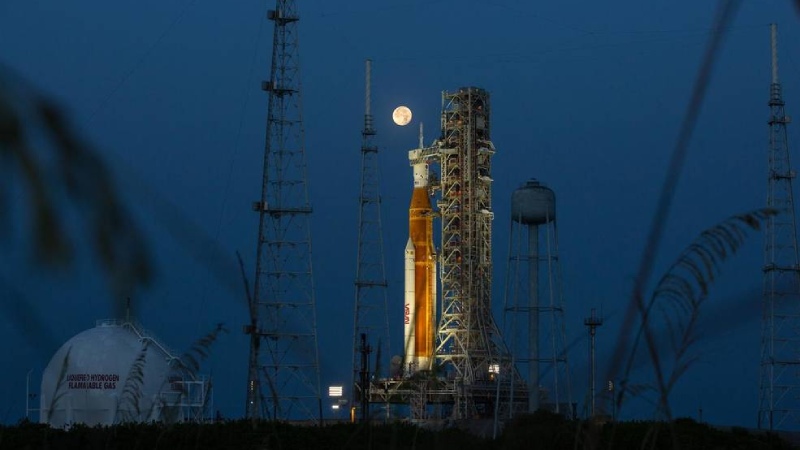NASA has revealed that the Artemis program, which intends to send humans back to the moon this decade in the midst of a resurgent global drive for lunar exploration, is experiencing some significant delays.
At a press conference on Tuesday, NASA officials announced that the Artemis III mission, which was supposed to achieve the historic first-ever landing of people on the moon since the Apollo program, would not launch until at least September 2026. The trip was originally scheduled for 2025.
SpaceX’s plans to build Starship, the enormous rocket and spacecraft system that is supposed to transport humans from lunar orbit to the moon’s south pole, are the main causes of the delay. 2023 saw two Starship test flights terminate in explosions.
With regard to developing their lunar lander, SpaceX has a long way to go. According to Jessica Jensen, vice president of customer operations and integration at SpaceX, even once Starship safely reaches Earth’s orbit, the company will need to figure out how to get the spacecraft enough fuel to reach the moon. This task is anticipated to require at least ten refueling flights.
“We must be realistic. NASA Associate Administrator Jim Free told reporters on Tuesday, “We’re looking at our Starship progress and the need for propellant transfer, the need for numerous landings.”
According to Jensen, SpaceX might be prepared for its third Starship test flight by February, if it gets the required regulatory permissions.
Officials from NASA continued by saying that they anticipate delays in the engineering of the spacesuits that astronauts would use on the moon. Government watchdogs, including NASA’s inspector general, have identified SpaceX’s Starship development and the spacesuits as potential causes of delays for the Artemis III mission.
Furthermore, NASA’s Artemis II mission, which intends to transport a four-person crew on a journey to fly near the moon, will not launch on November 1st as planned, as CNN originally reported. The agency declared on Tuesday that September 2025 will be Artemis II’s new target date.
Problems with the Orion crew capsule, which will house the astronauts throughout the voyage, are partially to blame for this delay. The space agency previously revealed that during the unmanned Artemis I mission in 2022, Amit Kshatriya, the deputy associate administrator for NASA’s Moon to Mars Program, noticed unusual charring and erosion of the spacecraft’s heat shield, which prevents Orion from burning up as the vehicle reenters the Earth’s atmosphere.
The Orion crew capsule’s life support system and the valves that malfunctioned during testing also require a lot of maintenance, according to Kshatriya. According to NASA representatives, the lift support systems will require the most time to get ready for takeoff.
A fresh space competition
NASA’s Artemis IV mission, which will attempt to bring humans to a future space station named Gateway that would orbit the moon, is still scheduled to launch in 2028.
The rearranged schedule and objective reflects a significant adjustment of expectations for NASA’s main human space exploration program, Artemis.
As competing countries, notably China, pursue similar objectives, the fundamental objective of the Artemis program is to create a permanent human presence on the moon.
China intends to send its own people to the lunar surface by the end of the decade, having already led a robotic return to the moon in the twenty-first century and launched the first unmanned lander to set foot on the moon’s far side.
“I really do not have a concern that China’s gonna land before us,” NASA administrator Bill Nelson stated on Tuesday. “I think that China has a very aggressive plan. I think they would like to land before us … but the fact is that I don’t think they will.”
In addition to announcing delays for its crewed Artemis missions, NASA has experienced a setback with its robotic lunar exploration program, known as CLPS, or Commercial Lunar Payload Services projects.
The first lander to launch, the Astrobotic Peregrine lander, failed shortly after takeoff on Monday. The space agency has collaborations with four companies to create landers that can deliver science instruments and other cargo to the moon.
As it runs out of propellant on the way to the moon, the corporation is currently determining how to dispose of the vehicle.
